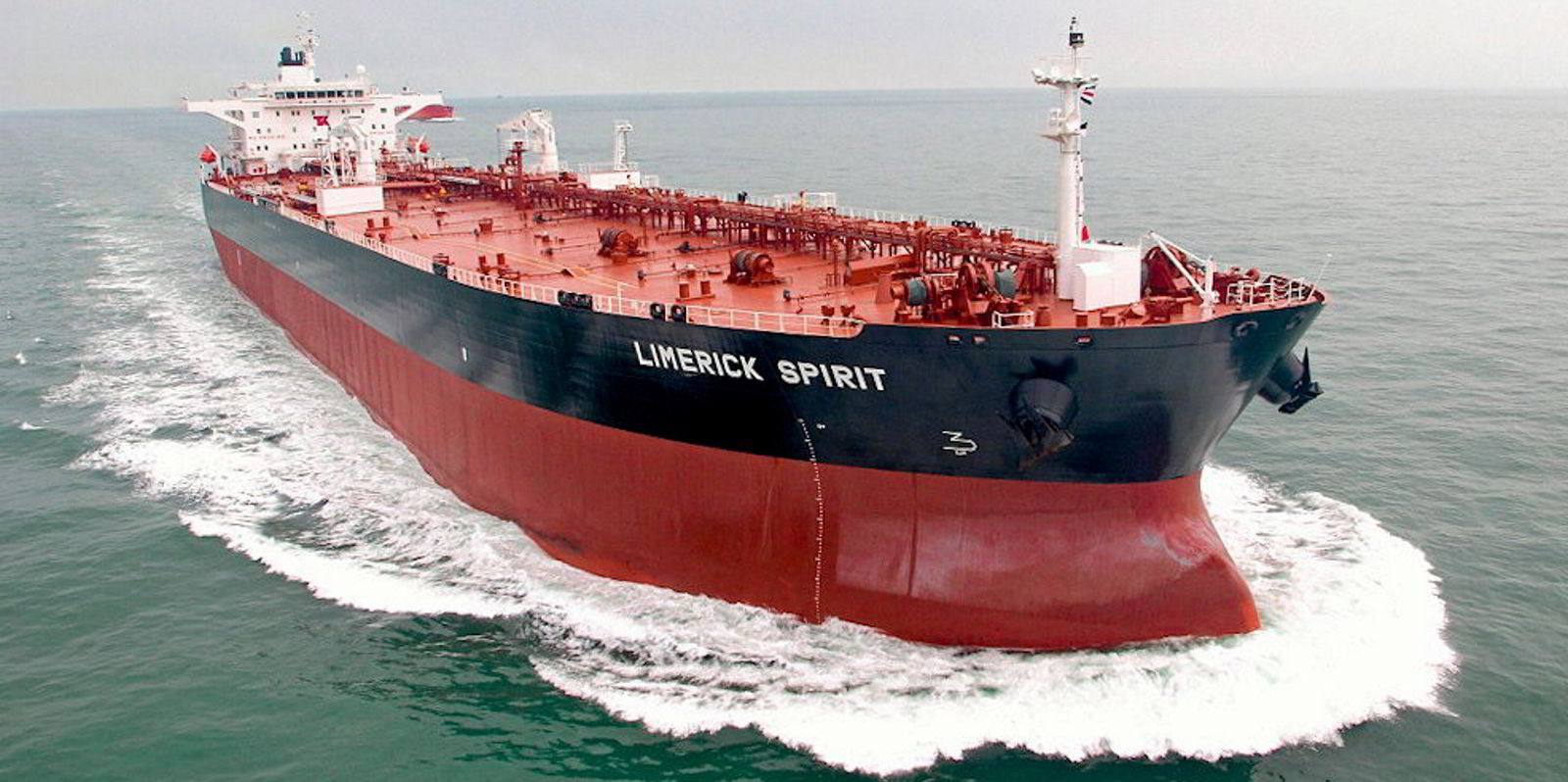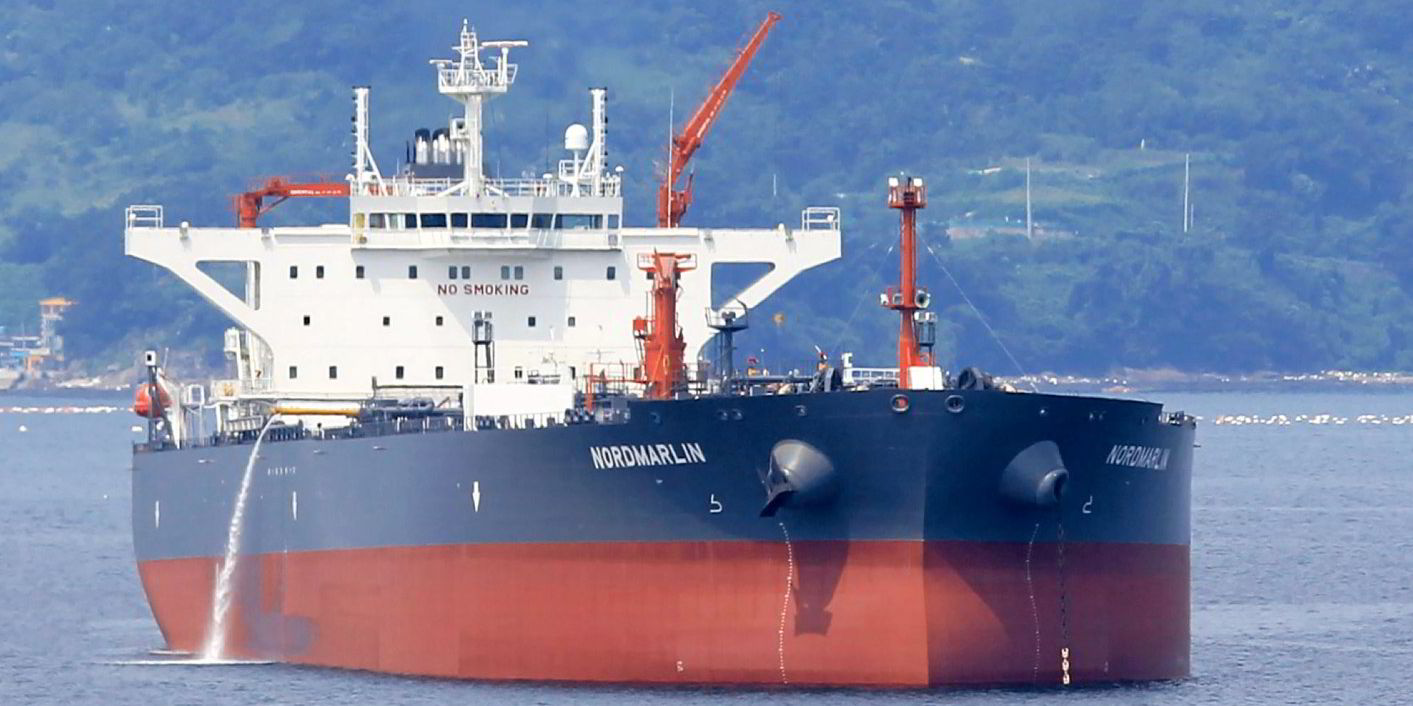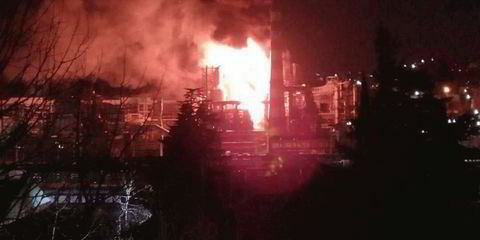Last week’s Houthi missile strike on a Trafigura-chartered product tanker may be focusing more owners’ minds on giving the Red Sea a wide berth.
And buoyant freight rates will spike further the more vessels reroute on longer journeys, Clarksons Securities said.
The 110,000-dwt LR2 Marlin Luanda (built 2018) suffered a fire after the attack on Friday.
Already strong LR2 rates finished the week up 50% at an average of $92,000 per day for modern ships.
The investment bank said in a note to clients: “If all product tankers were to reroute around Africa, utilisation rates could approach 100%.”
“Theoretically, LR2 spot rates might soar above $220,000 per day. However, this would raise freight rates from currently $9 per barrel to $19 per barrel,” it added.
And it is this rise that could limit just how high spot rates could go in reality, analysts led by Frode Morkedal said.
The UK’s Gibson Shipbrokers has already reported some traders choosing not to move cargoes at these elevated rates.
“Nonetheless, freight rates are expected to remain relatively high for the duration of the Red Sea disruption,” the Clarksons Securities analysts said.
The team is estimating that capacity utilisation has already risen 1% from the previous week to reach 94.5%.
Red Sea transits down by half
The analysts also cite satellite tracking data showing a 50% year-on-year fall in Red Sea transits for product tankers.
Some brokers were citing earnings as topping $130,000 per day last week, but Clarksons Securities believes these assessments do not accurately reflect the actual average.
A recent LR2 fixture from the Middle East Gulf to northern Europe attracted a $9m lump sum.
Under previous calculations using the Suez Canal, this would equate to $122,000 per day.
But the longer route around South Africa routes means the voyage length increases from 59 to 97 days, pushing the rate down to $74,000 per day.
In addition, Clarksons Securities is now factoring in a new EU carbon tax, which would add $96,000 to the total cost of the fixture, or $1,000 per day.
This means the investment bank’s triangulated LR2 rate assessment — including a ballast trip to Algeria and another laden trip to Japan — stands at $86,000 per day.
The analysts also believe that shipowners’ share prices are not reflecting the current strength.
US-listed Scorpio Tankers is still trading at 9% below net asset value of $79, they calculate.
“Current share prices reflect low expectations and offer significant upside potential,” the investment bank concluded.





